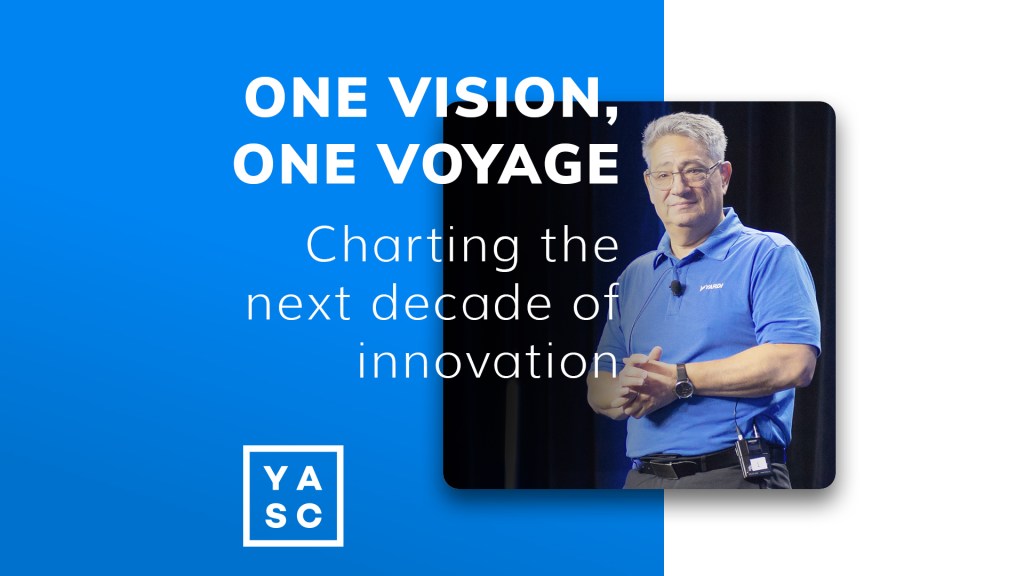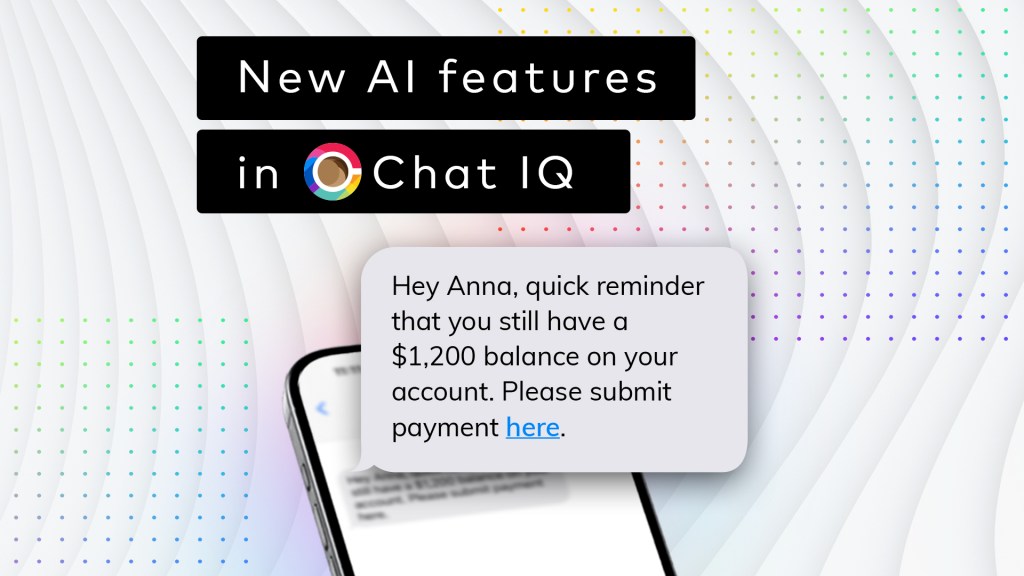By Mike Sederholm on July 12, 2021 in News People
Access to affordable housing can be a life-changing experience for residents, especially when residential units are paired with social services. HUD’s Family Self-Sufficiency (FSS) program is a perfect example.
The goal of FSS is to transform individuals and families by stabilizing housing and providing services like childcare, education, physical and mental health, food and other tools to overcome barriers to increasing income.

New Directions is a mission-based affordable housing provider based in Louisville, Kentucky. HUD recently approved New Directions to administer FSS for residents living in seven of its properties. New Directions calls its FSS program “I Rise,” a title inspired by the poem “Still I Rise” by Maya Angelou.
New Directions is led by Bridgette Johnson, its chief operating officer. Bridgett studied the success that public housing agencies (PHAs) were having with FSS and found that most of the FSS graduates she spoke with had moved on to home ownership, started their own business, or both, within a few years of graduating from the program.
Inspired by those success stories, Bridgette created I Rise for New Directions, and conducted extensive fund raising to pay for staffing. FSS does not pay administrative fees for affordable housing providers, a significant difference from PHAs’ ability to pay staff with a portion of FSS funds.
Solving the “Benefit Cliff”
Affordable housing and social services workers often refer to the “benefit cliff” as a metaphor to describe how access to programs can suddenly be taken away when participants’ incomes rise. That can cause households to lose access to support before they are entirely self-sufficient.
Under FSS, participants can maintain enrollment in social services even as their income increases. FSS prevents participants from falling off the benefit cliff by requiring households to save a portion of their increasing wages in an Individual Development Account (IDA). Funds deposited into IDA are omitted from calculating household income, therefore participants remain qualified for assistance.
FSS participants generally stay in the program for three to seven years, so there’s time for savings to add up as contributions earn interest. Funds in these accounts are available for graduates of the program to move on to market rate rental property or homeownership.
How Yardi Helps
Bridgette Johnson is a Yardi fan. She’s used Yardi software for decades, and has been an advocate for the products and services. She expects Yardi to be a critical component to the success of I Rise.
“Without data, there’s no demonstrable way to communicate how well a program is doing. New Directions is a mission-based organization, so we require grants and donations to help fund our programs and properties. Telling a story is how we secure that type of funding, and the story depends on having data to present to sources of funds,” says Johnson.
Yardi affordable housing software supports FSS administration not only by tracking compliance data through HUD Form 50059, but also by enabling oversight of deposits and interest generated in savings accounts, as well as data from partner agencies that provide social services to participants.
Johnson requested specific SQL reports from Yardi to track things like case management, education, job training services and food supplements, all of which are required for FSS compliance. Yardi has since created those reports and made them available to other FSS program administrators.
“FSS is a great way to create more affordable housing availability without having to create more physical units. That’s because the whole point of FSS is to get participants ready to move on from affordable housing permanently by making them more employable and making sure they have a healthy savings account. Once they’re in that situation, they’re ready to move into permanent housing and can free up a space for new households to enter the program,” says Johnson.
New Directions works with the lowest income members of the community, generally targeting those making 30% or less than area median income. Helping households in that income segment could make a long-term impact on the availability of affordable housing in the community they serve.
“We want I Rise to be stable for the foreseeable future. That stability depends on having the right data to secure funds from donors and grant managers. As the source of that data, Yardi is quite valuable to my organization,” says Johnson.
Watch this inspirational video for a firsthand account of how I Rise is inspiring participants and staff. It features a poem written by New Directions’ Gina Johnson and photos of families who are part of New Directions.
Learn more about Yardi Voyager Affordable Housing, Yardi Breeze Premier Affordable Housing, and the full suite of Yardi affordable housing solutions by visiting Yardi.com/affordable.


